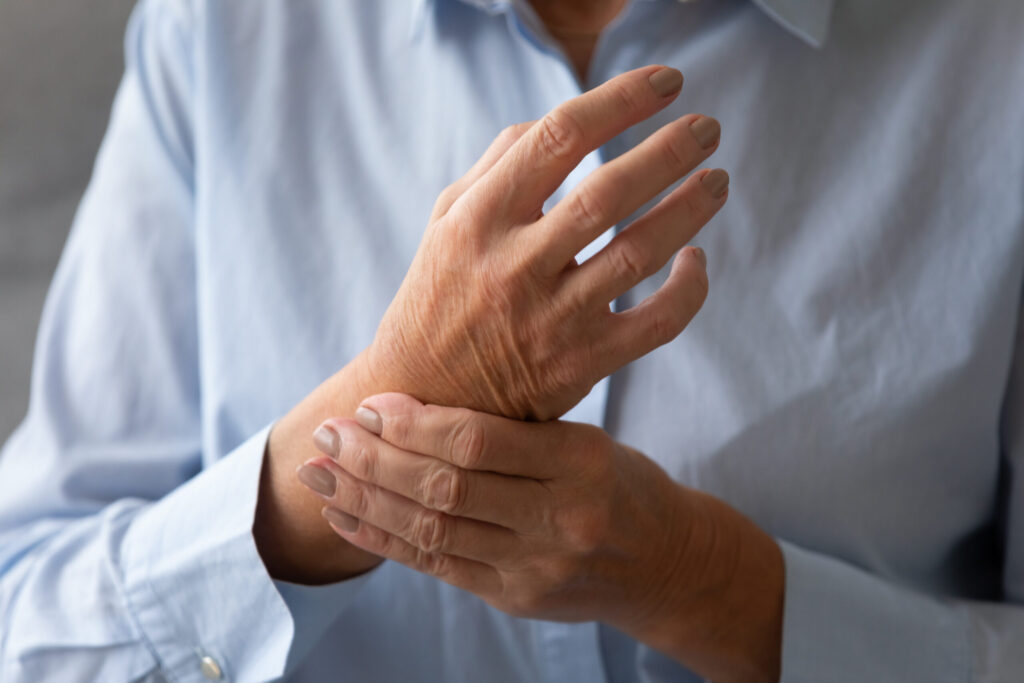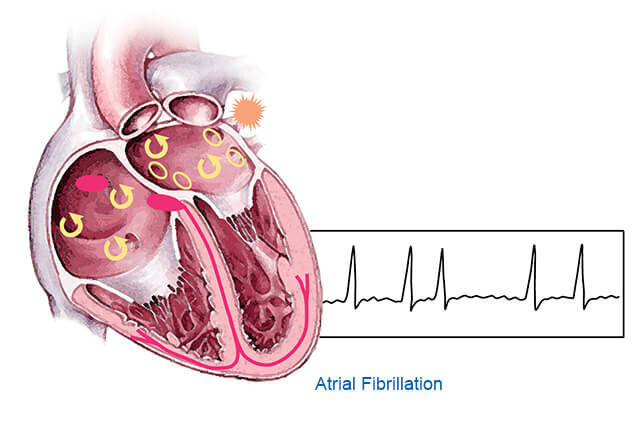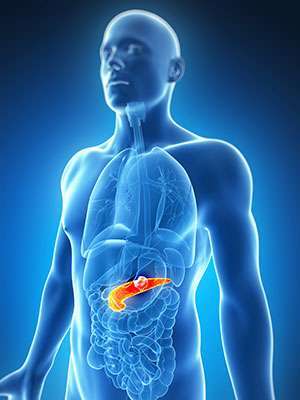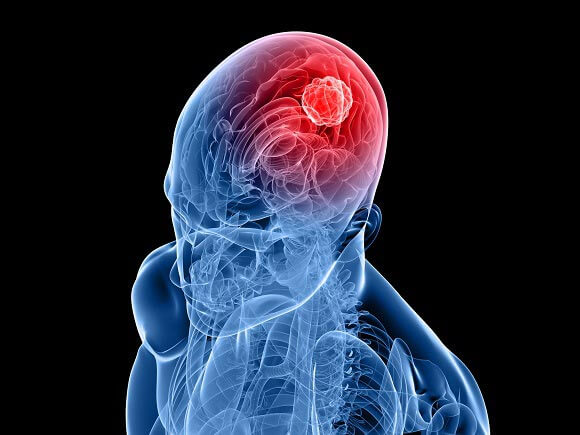
In the United States, 1.5 million people live with rheumatoid arthritis. RA is an inflammatory and autoimmune condition in which your body’s immune system damages healthy cells by mistake, considering them foreign invaders like viruses or bacteria. This disease is a systemic one, meaning it can affect your whole body. However, the joints are usually targeted first, causing swelling and difficulty moving.
RA affects your quality of life. Because of how complex it is and how it can affect joints and organs like the heart and lungs, getting help is vital to avoid serious complications. But what causes rheumatoid arthritis, and what help is available to address the symptoms that it causes so that you can lead a healthier life?
The symptoms of rheumatoid arthritis
RA begins slowly, with symptoms you may not notice at first. Unlike osteoarthritis, which causes wear-and-tear, rheumatoid arthritis affects the linings of the joints, causing inflammation. This inflammation can cause the joints to lose their shape and alignment, potentially resulting in bone erosion. Inflammation can also affect other areas of your body, like your organs.
Symptoms can come and go, with flare-ups that last a few days. As the disease progresses, however, it can begin affecting your larger joints, leading to symptoms you can’t ignore. These can include:
- Pain or aching in one or more joints
- Weight loss
- Fever
- Stiffness in one or more joints
- Fatigue
- Weakness
The gaps between flare-ups can begin to shorten, leaving you with chronic stiffness and discomfort.
Causes of RA
RA occurs when your immune system begins to damage your healthy cells, but the reason why this happens is not yet apparent.
Most researchers believe there is a genetic component to RA. Your genes don’t cause rheumatoid arthritis, but they can make your system more likely to react to certain environmental factors that can trigger the disease.
One risk factor that increases your chances of developing RA is if you have a family history of this disease.
Hormones can also play a role in the development of RA. Studies suggest a link between estrogen (female sexual hormones) and the disease, which is why women have a higher chance of developing this condition, especially after menopause.
Smoking is another factor that can lead to the development of RA. Smoking can lead to a spike in free radicals throughout the body, causing oxidative stress and weakening your immune system. This can put you at risk of immune and autoimmune issues like RA. If you have RA, smoking can also make the symptoms worse.
Being overweight can impact your chances of developing the disease as well. The accumulation of white adipose tissue that results from being overweight can create specific molecules called adipokines, which are involved in inflammation and immunity issues.
Diagnosis and treatment of rheumatoid arthritis
Rheumatoid arthritis can be tough to diagnose because the symptoms are similar to those of other types of arthritis. Many other conditions can also cause inflammation and joint stiffness, and no one test can confirm the diagnosis. Because of this difficulty, turning to a rheumatologist (arthritis expert) is vital.
To diagnose, your doctor will review your symptoms, conduct a physical examination, and take X-rays.
Although there’s no cure for RA, treating the symptoms is possible. Usually, this involves medications to reduce inflammation and prevent joint deformity.
You can also make lifestyle changes to reduce flare-ups. If you smoke, you will need to quit. If you are not at your target weight, you will want to take steps to achieve it.
Physical therapy can also help. Targeted exercises can aid you in keeping your joints flexible. Your therapist can also show you ways of performing everyday tasks without putting too much strain on your joints.
If medications don’t work, surgery can be an option. Surgery can help restore joint function and reduce pain.
Living with rheumatoid arthritis
Although RA is a chronic condition, lifestyle changes, medications, and therapy can all help alleviate pain. Having the right level of support is also important, so talk with your healthcare provider about your concerns and the treatment options available.
It is possible to live a healthy and productive life with rheumatoid arthritis.
Resource links:
“Arthritis by the Numbers” via Arthritis Foundation
“Rheumatoid Arthritis and Cardiovascular Disease” via National Institutes of Health
“Rheumatoid Arthritis (RA)” via Centers for Disease Control and Prevention
“Family History of Rheumatologic, Autoimmune, and Non-Autoimmune Diseases and Risk of Rheumatoid Arthritis” via National Institutes of Health
“The Role of Estrogens in Rheumatoid Arthritis Physiopathology” via IntechOpen
“Adipokines and Autoimmunity in Inflammatory Arthritis” via National Institutes of Health




